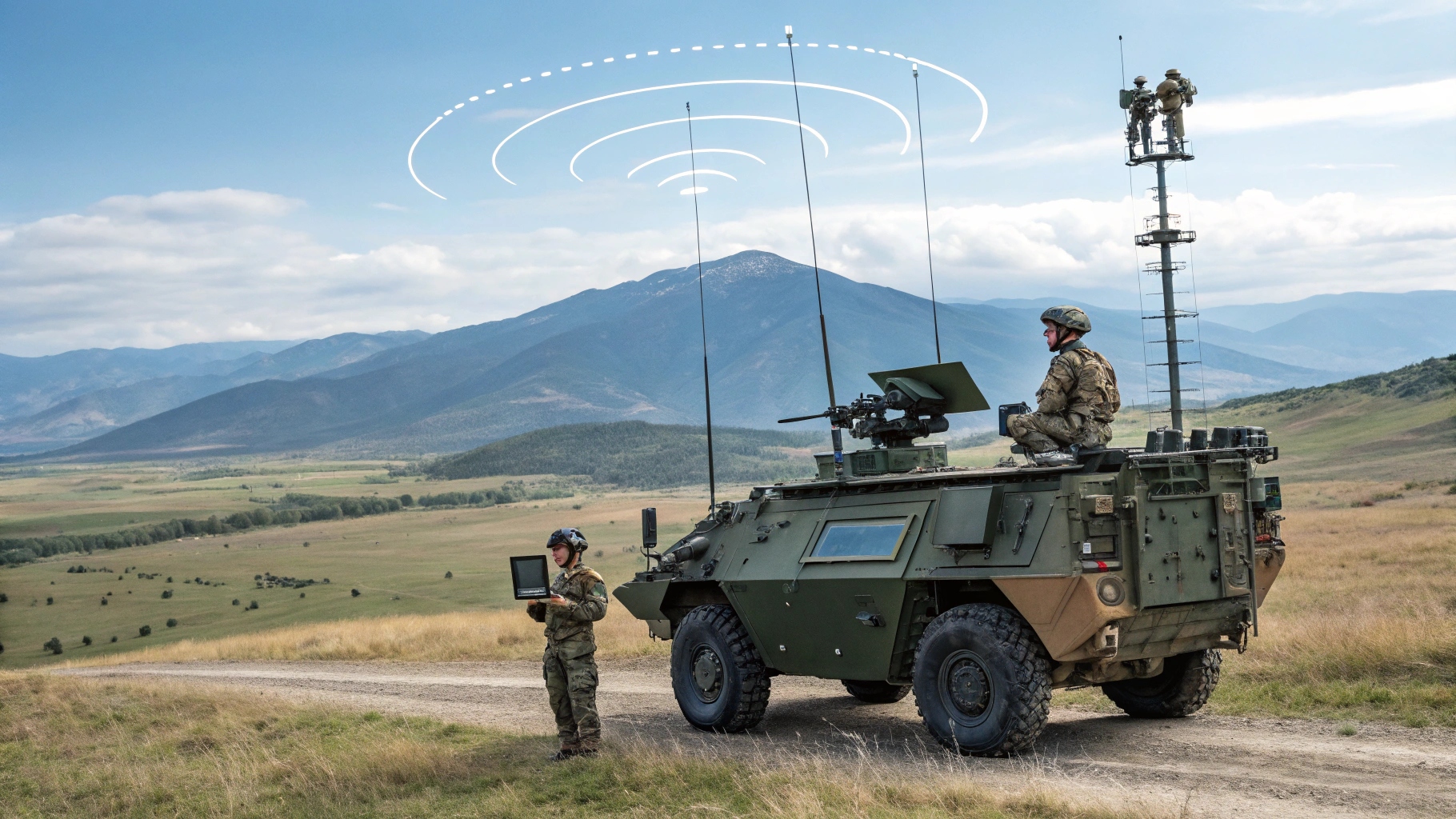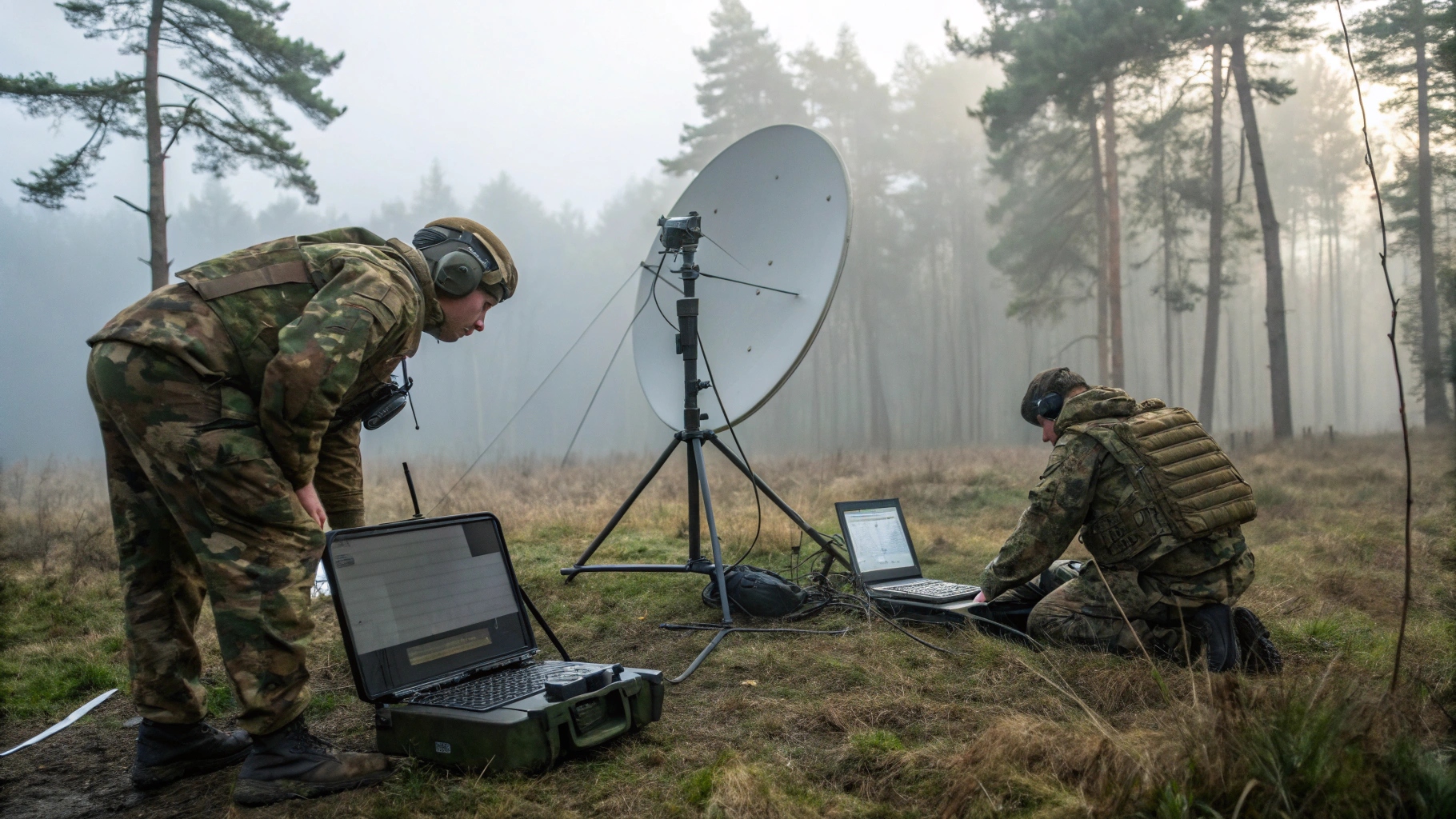
The U.S. Missile Defense Agency (MDA) is set to roll out a new software upgrade for its Upgraded Early Warning Radars (UEWR) to strengthen ballistic missile detection and classification capabilities during the midcourse phase of flight. The enhancement aims to improve the system’s ability to differentiate between genuine threats and decoys, significantly refining the radar network’s contribution to homeland defense.
Currently, five UEWR installations provide continuous early-warning coverage, including three sites in the U.S., one in Greenland, and one in the U.K. Operational since the 2000s, these radar systems detect and track intercontinental and submarine-launched ballistic missiles (ICBMs and SLBMs), while also supporting space surveillance and satellite tracking operations.
With an impressive range of around 3,000 miles (4,828 kilometers) and 240–360 degrees of scanning coverage, the phased-array radars provide vital tracking data to guide interceptor missiles during potential attacks. They form a core component of the Ground-Based Midcourse Defense (GMD) system, which fields 44 interceptors in Alaska and California to counter limited long-range ballistic threats targeting the continental U.S.
Despite its strategic importance, the GMD system has historically struggled to distinguish between real warheads and decoys, prompting MDA to pursue software-based advancements. The latest solution — the Advanced Object Classification (AOC) program — applies machine learning and advanced signal processing to sharpen radar discrimination. The initial AOC 1.0 version has already been deployed at select radar sites, while the upcoming AOC 1.1 update will deliver even more refined object recognition capabilities without altering existing hardware, reinforcing U.S. missile defense readiness against evolving global threats.






